Covering Ground
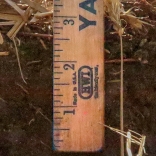 Let sleeping dogs (and weed seeds) lie
Let sleeping dogs (and weed seeds) lie
For many of us, May seems like the very beginning of the growing season. The tomatoes are still in the greenhouse and squash seeds still in the packet.
But by May 15, many weedy plants are already dropping the year's first crop of viable seeds. To reduce future weeds, we need to pull or dead-head seedheads before they can spread.
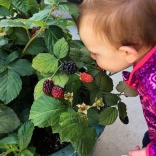 Enthusiasm for Container Growing
Enthusiasm for Container Growing
When it comes to container gardens for the home grower, what's not to like?
Container-grown plants can live close to the kitchen door, convenient to watch, water, and harvest. They are easier to protect from deer and other critters. They largely avoid the weeds and diseases that often visit in-ground gardens.
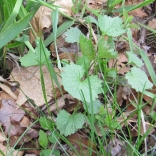 Plan an Herbicide-Free Attack on Landscape Weeds
Plan an Herbicide-Free Attack on Landscape Weeds
(See the complete article at The Day.)
There are no weed-free landscapes, but luckily there are good alternatives to herbicides for some weeds. But we need a plan.
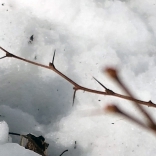 Beware the first leaves of spring
Beware the first leaves of spring
Think of them as bait-and-switch artists. They're among the first to leaf out in the shade of backyards, street edges, town parks, and forests.
But take a closer look.
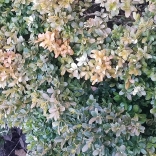 Assess Tree and Shrub Health in Spring
Assess Tree and Shrub Health in Spring
Have you seen trees and shrubs turning brown or ashen gray on one side at the end of winter? You may be looking at winterburn. It's a condition that usually occurs on the south and southwest sides of needled and broadleaf evergreens when winter sunshine heats one side of the plant above the ambient temperature and wrecks havoc on the plant's internal moisture system.
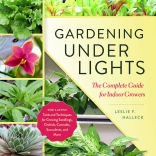 Shedding some light on the latest in grow lights
Shedding some light on the latest in grow lights
I have long wished I could find horticultural lighting that didn't cost a fortune to operate and periodically revisit the topic of LED lights to learn what is new. Has their day arrived?
LED grow lights, it turns out, are good for leafy greens, herbs, and young seedlings. But don't expect to get an indoor tomato crop.
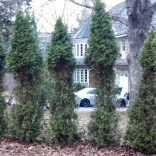 Deer, Landscape Plants, and the Winter of 2018
Deer, Landscape Plants, and the Winter of 2018
Will landscape plants see lots of deer damage in the winter of 2018? Could be . . . and here's a reason: The preceding summer didn't produce a large crop of acorns and nuts from oak and beech trees. In other words, 2017 wasn't a "mast year."
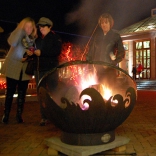 Winter nights mean warm lights at two regional botanical gardens
Winter nights mean warm lights at two regional botanical gardens
November may seem an odd time to think about botanic gardens, but two of southern New England’s best-known tempt us outdoors with colorful holiday events from Thanksgiving to New Years.
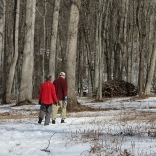 Bathing in the Atmosphere of Trees
Bathing in the Atmosphere of Trees
The term “forest bathing” became popular around 2016. A Washington Post article referred to it as "yoga, 30 years ago." If it is new to you, however, you are not alone.
A forest bathing session is not a hike or a run, says certified nature and forest therapy guide Alexandra Lowry of Middletown, CT. Neither is it a foray into plant, animal, bird, or insect identification.
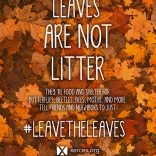 Fall Land Care Tips, 2017-style, and Trends to Watch
Fall Land Care Tips, 2017-style, and Trends to Watch
An elderly farmer once told me, "In 90 years of living, I've learned one thing. Change is the only constant." The fall of 2017 would make him smile. Everywhere I look, people are exploring new ideas in land care--and some of them are as old as the hills. If even some of these trends take hold, our individual and commercial landscapes will be notably different in the near future.
